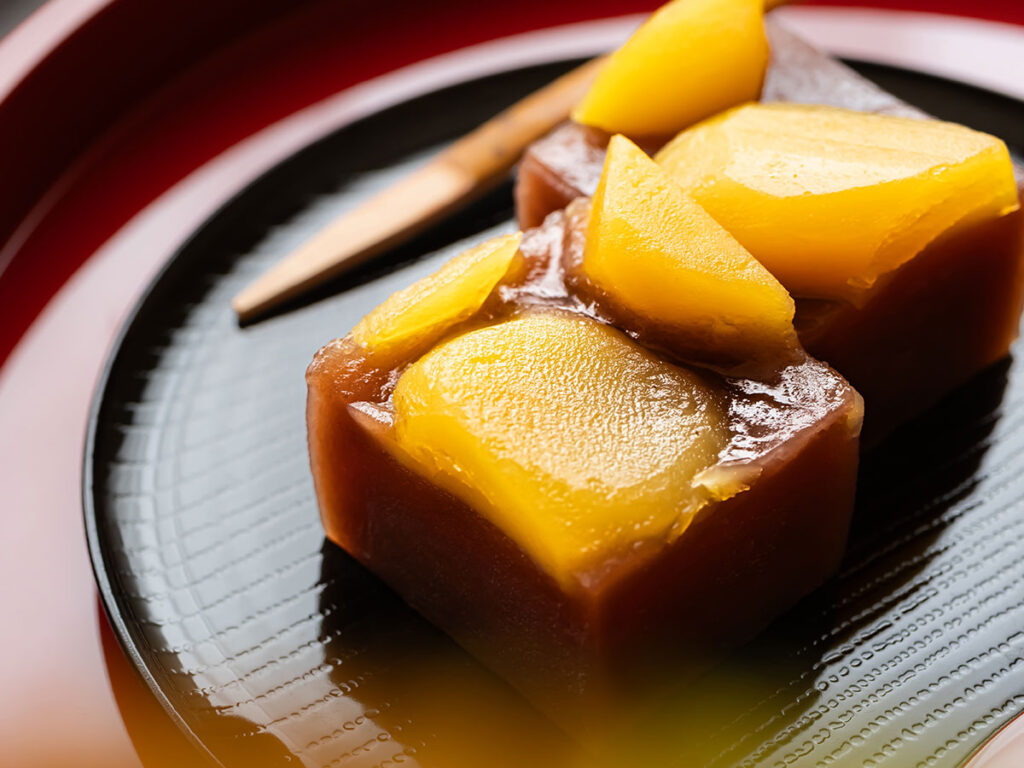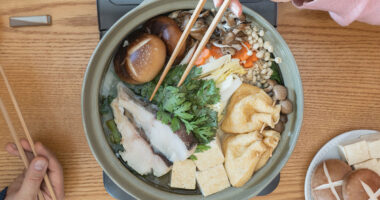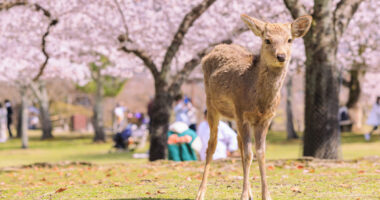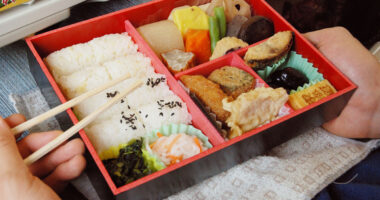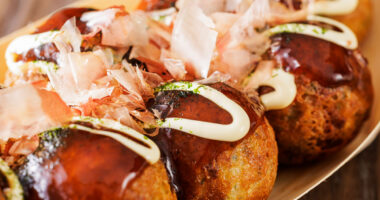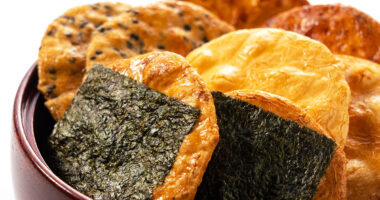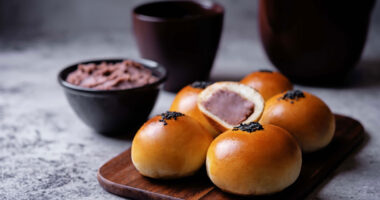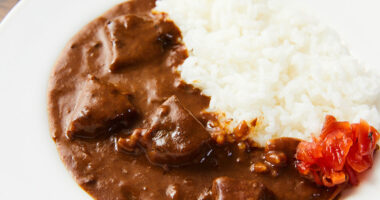Yōkan (a traditional Japanese sweet made of bean paste, agar, and sugar) is a quintessential Japanese wagashi (traditional Japanese sweets), made by solidifying anko (red bean paste) with kanten (agar).
Its smooth, dense texture and rectangular shape are iconic. Said to have originated in the Kamakura-Muromachi period (1185-1333), Zen monks created it as a meat substitute using anko and kuzuko (kudzu starch).
Today, varieties like neri yōkan (dense yokan), mizu yōkan (water yokan), and mushi yōkan (steamed yokan) offer diverse flavors, including ogura yōkan (chunky bean yokan), chestnut, and matcha (green tea). Popular as gifts and emergency food, yokan remains a cherished traditional sweet.
Yokan is a key wagashi, but if you’d like to learn more about Japan’s confectionery culture as a whole, about popular genres, or souvenir selections, please feel free to check this out too:
Yokan basics and history
Yokan boasts a rich history. Its simple ingredients—anko, kanten, and sugar—belie a deep cultural heritage.
Yokan’s origins and historical context
Yokan’s roots lie in cuisine, evolving from atsumono (thick soup).
During the Kamakura-Muromachi period, Zen monks, forbidden from eating meat, crafted it as a vegetarian dish using anko and kuzuko. By the Edo period, kanten replaced kuzuko, forming the foundation of modern yokan.
Modern yokan production
Modern yokan is made with anko, kanten, and sugar. The anko and sugar are simmered, solidified with kanten, and molded into rectangular shapes, creating a smooth, elastic texture.
Yokan types and flavor differences
Yokan comes in three main types, each offering unique textures and tastes. Varied anko and added ingredients create a wide range of flavors.
Neri yokan characteristics
Neri yokan, the most common type, has low moisture and high sugar content, enabling long-term room-temperature storage. Its firm texture and rich sweetness make it ideal for slicing. With excellent shelf life, it’s used as emergency food and a popular gift for occasions like ochūgen (mid-year gifts) and oseibo (year-end gifts).
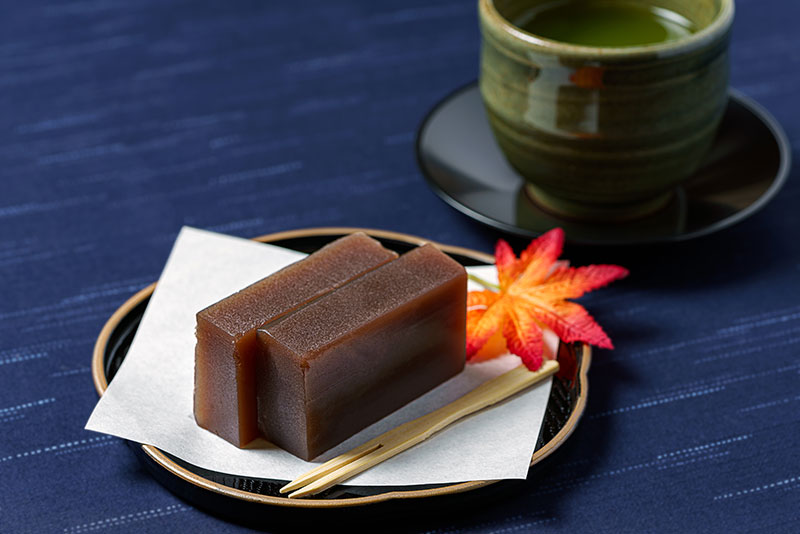
Yokan (photo for illustrative purposes)
Mizu yokan characteristics
Mizu yokan, designed for summer, has higher moisture content. Served chilled, it offers a refreshing, light taste and smooth texture. Especially in Fukui Prefecture, fuyu mizu yokan is a regional specialty tied to a unique culture of being eaten under a kotatsu—a traditional Japanese heated table covered with a blanket—during winter, featuring a soft, airy texture. Some regions enjoy it year-round.
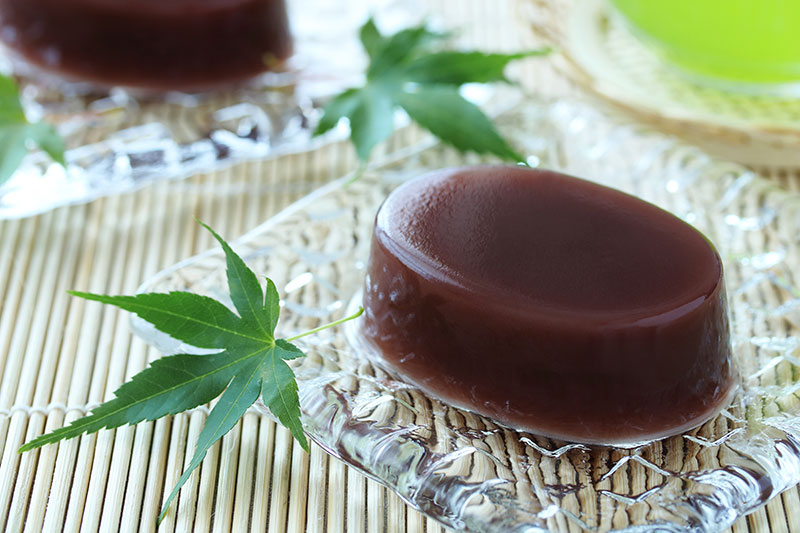
Mizu yokan (photo for illustrative purposes)
Mushi yokan characteristics
Mushi yokan uses wheat flour or kuzuko instead of kanten, steamed for a chewy texture. Common in Kansai, its distinct, mochi-like mouthfeel can be enjoyed warm. The flour adds a complex flavor, setting it apart from other yokan.
Yokan flavor variations
Beyond classic anko, yokan features diverse ingredients, from traditional to modern, offering a broad spectrum of flavors.
Anko type differences
Ogura yokan blends koshi-an (smooth anko) and tsubu-an (chunky anko), balancing texture and smoothness. Tsubu-an yokan highlights bean texture, while koshi-an yokan offers a silky finish. Shiro-an (white bean paste) yokan provides a refined, less intense sweetness and white appearance.
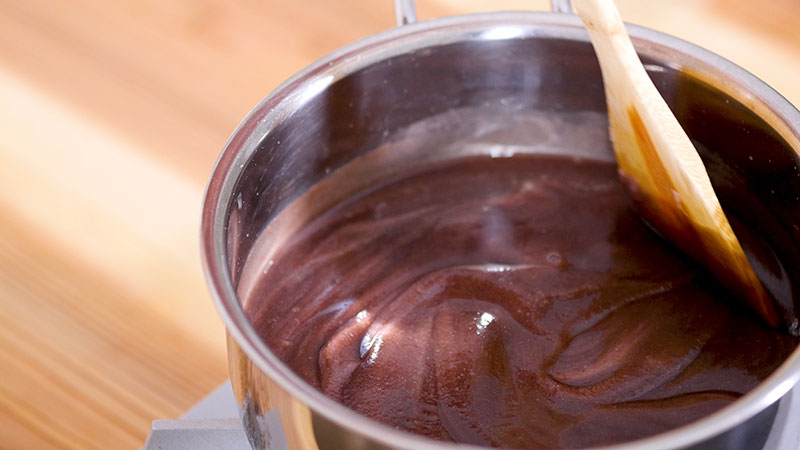
Anko (photo for illustrative purposes)
Flavored yokan varieties
Chestnut yokan, a fall favorite, incorporates candied chestnuts for a luxurious taste. Matcha yokan balances green tea’s bitterness with sweetness, reflecting tea culture. Sweet potato yokan offers rustic sweetness, evoking seasonal charm. Modern versions include chocolate, caramel, or rum raisin yokan, alongside dried fruit or nut varieties, expanding beyond traditional wagashi.
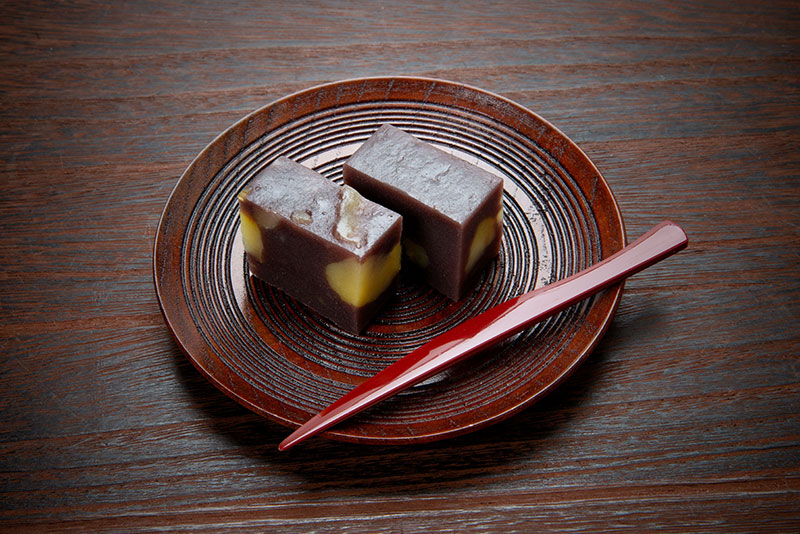
Chestnut yokan (photo for illustrative purposes)
Regional yokan specialties
Regions offer unique yokan reflecting local culture. Fukushima’s tama yōkan (round yokan) is rubber-wrapped, peeled with a toothpick for a playful experience. Saga’s ogi yōkan has a high-sugar, crystallized surface with a soft interior. These regional yokan adapt to local climates and traditions, showcasing unique evolution.
Choosing yokan and considerations
Selecting yokan involves considering purpose, shelf life, and flavor preferences to ensure maximum satisfaction.
Purpose-based selection
For gifts, choose individually wrapped neri yokan from reputable brands for elegance and shelf life. Select sizes easy to slice and flavors matching the recipient’s taste. For personal enjoyment, try various types, starting with classic anko neri yokan before exploring others.
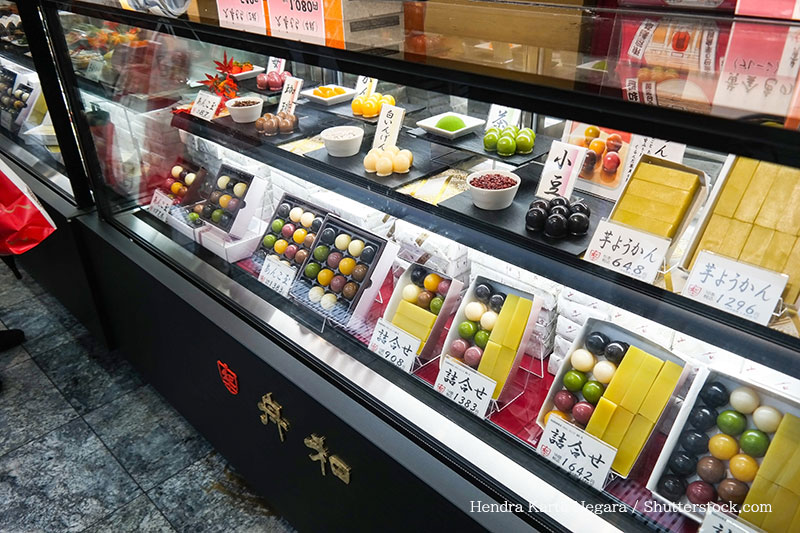
Photo for illustrative purposes
Storage and shelf life
Neri yokan can be stored at room temperature with a shelf life of months to a year. Once opened, refrigerate and consume within days. Mizu yokan requires refrigeration due to high moisture and has a shorter shelf life. Store in cool, low-humidity areas away from sunlight to maintain quality.
Quality assessment
High-quality yokan has a glossy, smooth surface and clean-cut edges. Uniform color and moderate elasticity indicate superior quality. Check ingredient labels for additives and origin, and choose freshly made products with intact packaging.
Yokan’s nutritional value and health considerations
While yokan is calorie-dense among wagashi, understanding its ingredients enables healthier enjoyment.
Emergency food applications
Yokan’s high sugar content and shelf life make it a re-evaluated emergency food. Ideal for disaster preparedness or energy boosts during hiking or running, its portability and no-prep nature are key. Small packets are widely available, but hydration is essential when consuming for energy.
Modern yokan evolution and global reach
Yokan continues to evolve with new ingredients and methods, gaining international popularity as a Japanese wagashi.
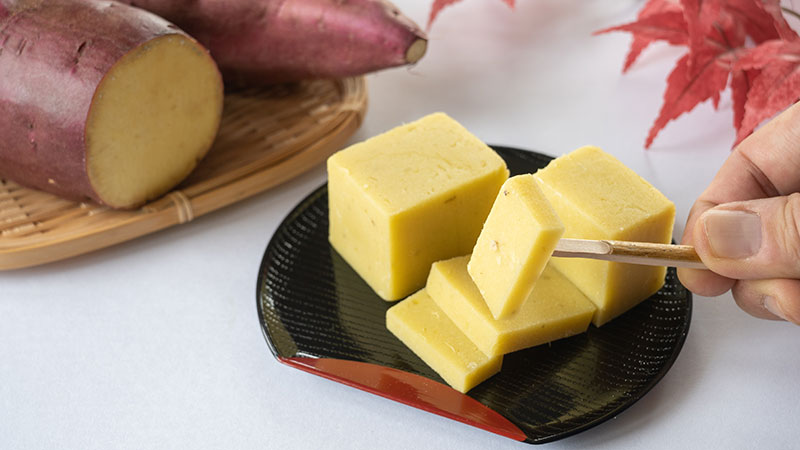
Yokan (photo for illustrative purposes)
Modern yokan innovations
Contemporary yokan includes champagne, liqueur, nori, herbs, or flower petals, with artistic designs revealing patterns when cut. Health-conscious options use less sugar or organic ingredients, and vegan yokan broadens appeal.
Global reception and expansion
For foreigners, yokan’s unique texture and sweetness are a novel experience. Its diverse flavors, visual appeal, and natural ingredients boost its global popularity, especially in North America and Southeast Asia. A must-try for tourists, yokan is a top souvenir and symbol of Japanese food culture.
Summary
Yokan, a treasured wagashi, carries a rich history from its culinary origins to a Zen-inspired sweet. Evolving from anko and kanten, it offers unique textures and flavors.
Neri, mizu, and mushi yokan, alongside varieties like ogura, chestnut, and matcha, provide diverse experiences. Choose based on purpose, shelf life, and quality for optimal enjoyment.
Revalued as emergency food and gaining global acclaim, yokan blends tradition with innovation, showcasing Japan’s culinary heritage worldwide.
